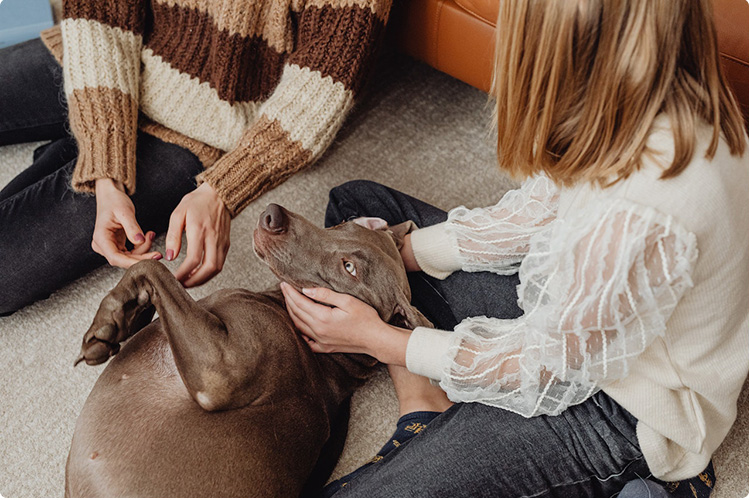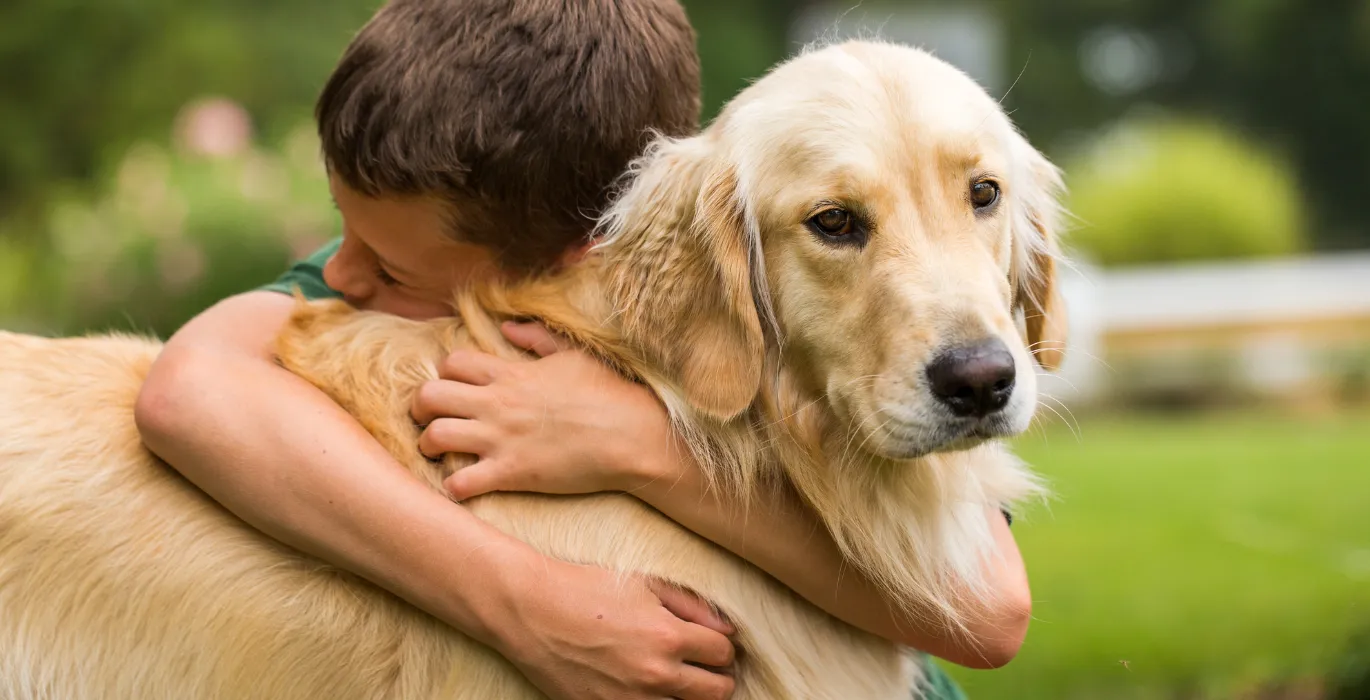There's a magical bond between pets and children, with many pets thriving from the attention and fun. But the consequences of a poor relationship can be tragic, so we want to do everything we can to keep your family - and pet - safe.
Why pets and children don’t always mix
Children grow up fast, and with their changing bodies comes unpredictable movements, unusual body language that a pet struggles to read, not to mention the noise!
Consider how children grab and tug your hair and clothes, hug you, lie on top of you, even slap you – they will do that to the pets as well, but you have the capacity to understand them, pets do not.
The important thing is all pets have a limit, and everyone, and every pet, has days they don’t want to be disturbed.
How we judge rehoming and ages of children
First we look at the animal's history – if they have lived with children before and how they coped – as well as an assessment with our Behaviour team. The behaviour tests include looking at the pet’s reaction to movement, excitement levels, and being handled. We have a real life room where some of our assessments take place.
Stray pets have no history of course, so we have to rely solely on the behaviour tests and err on side of caution. This does mean that we have fewer dogs and cats suitable for rehoming with young children, so it'll take longer to find you a match.
.jpg)
Is it better to get a puppy or kitten rather than a rescue when you have children?
Not really. This is because behaviour and personality is much more predictable and settled as an adult. Puppies and kittens can be more flexible as they are learning about life, however we have the experience to predict how tolerant even young cats and dogs will be to family life.
Remember that kittens and puppies still have their limits, and will get bolder in asserting themselves if they're continually not listened to.
» What to consider when getting a puppy or kitten

This dog is showing several signs of stress and discomfort – can you spot them and know what to do?
The 3 best things you can do to have a safe home
1. Learn how to listen to your pet
Learn about cat or dog body language, including early signs of frustration and discomfort. Then, when you see these signs, you can remove your children from the situation rather than your pet. This builds trust with your pet that you'll help them, and that they don't have to take matters into their own hands (well, paws!).
» Download a fun dog body language poster
» Download a fun cat body language poster
These posters are by Lili Chin and are for personal use only.
2. Never disturb a pet while they're eating or sleeping
Put up barrier gates at dinner time, and create an ‘alone space’ for snoozes – we often use crates for dogs and high beds for cats. Have house rules such as ‘no touching them in their bed’ and make sure everyone sticks to them (even you!).
3. Stick to a routine
School holidays are exhausting for your pet too! Dogs and cats love routine, so it's confusing that their 11am sleep is now full of children that are normally at school. Make sure your pet is able to stick to their routine as much as possible, while still enjoying the family break.
» Find out more about how to help your pet through the school holidays
